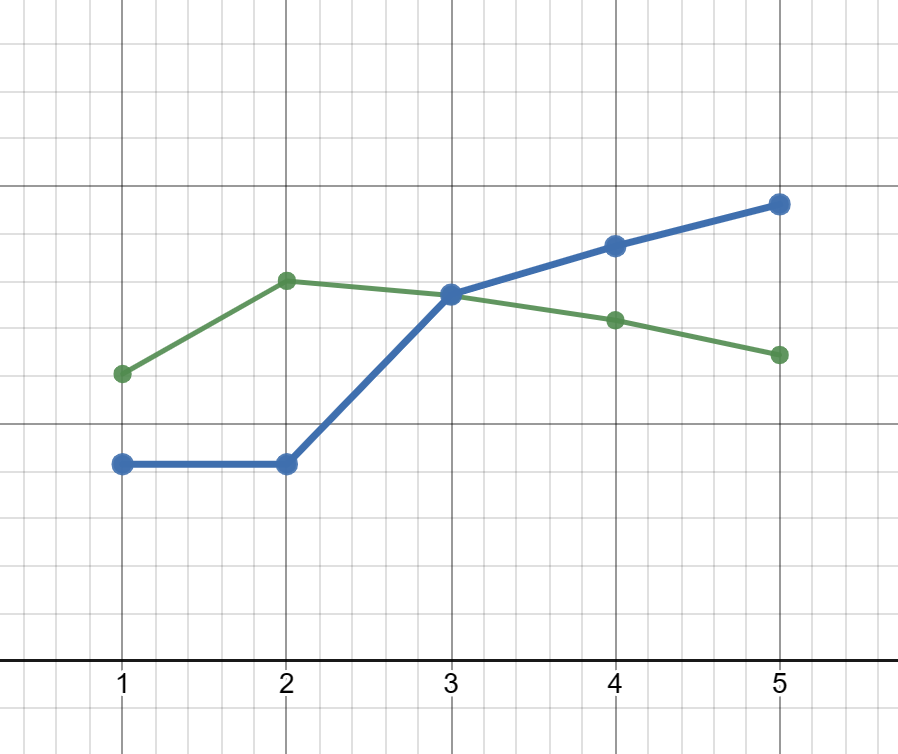This question is based off of the attached chart. I notice how there's a general increase in melting point down group 2 chlorides and a general decrease (except for Lithium) down the group 1 chlorides. So, is the melting points of group 2 chlorides greater generally, or vice versa? Also, how would you explain these trends using electronegativity and intermolecular forces?
-
3$\begingroup$ Does this answer your question? How do we predict the order of melting points of group 1 and group 2 halides? just check and let us know. If your question is different, please edit it. $\endgroup$– Harikrishnan MCommented Jan 23 at 2:56
-
$\begingroup$ Not exactly, I want to know specifically why group 2 halide trend is increasing where group 1 decreases, and if you could say generally which group has higher melting points $\endgroup$– Joe DahlCommented Jan 23 at 3:16
1 Answer
First off, we need to give magnesium chloride its due. Wikipedia reports a melting point of 714°C for the anhydrous salt (the lower figures are for hydrates losing water molecules); apparently the 415°C figure was wrongly recopied. Putting the magnedium chloride point at the correct position makes the trends much more consistent with a sharp change in both groups from Period 1 to Period 2.
If the chlorides were 100% ionic, we should expect melting points to drop off with heavier metals as electrostatically driven lattice energies drop off with larger atoms. But only alkali metal chlorides from sodium onwards follow this model. For the rest, we should expect less than 100% ionic character to favor easier formation of small molecules/clusters in the liquid phase, leading to a lower melting point.
Fajans' Rules are relevant here. They favor more covalent character if the cation in an ionic model is small or multiply charged. "Small" implies that lithium chloride might have significant covalent character where the chlorides with larger alkali metal atoms would not, while "multiply charged" implies the Group 2 chlorides would have more covalent character (and thus would melt more easily with molecules/clusters) overall. Beryllium, with both small size and multiple charge in the ionic model, gives an especially low-melting chloride.
The covalency in the Group 2 case never appears to reach zero but does decrease with larger ions, so heavier Group 2 chlorides tend to melt at higher temperatures; whereas with the singly charged alkali metal ions only the lightest/smallest-atom one deviates from the trend expected from an ionic model.
With lithium chloride melting at a temperature closer to (corrected) magnesium chloride than to any other on the list aside from the much heavier caesium compound, we see yet another example of lithium resembling alkaline earth metals (apart from valency/oxidation state), especially magnesium, more than other alkali metals.
The reader should contrast the Group 2 behavior shown here with the corresponding results for oxides. Oxides, with a more electronegative nonmetal and a more compact anion, are more highly ionic than chlorides, and the decreasing trend we expect to see from the ionic model sets in for that case from magnesium onwards. See here.


